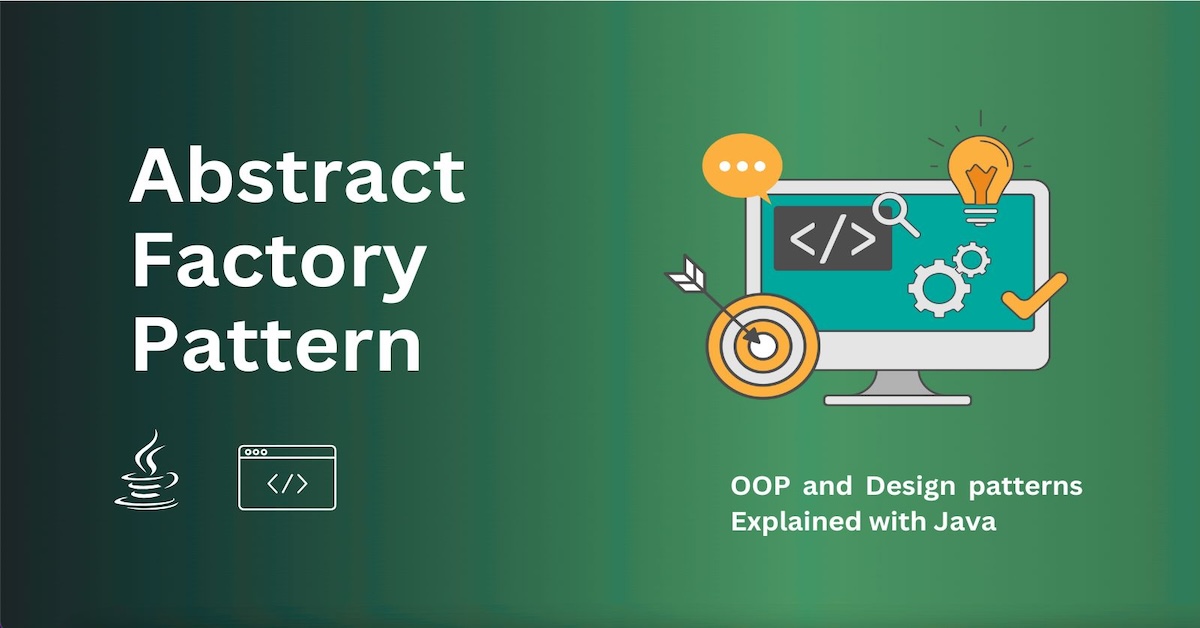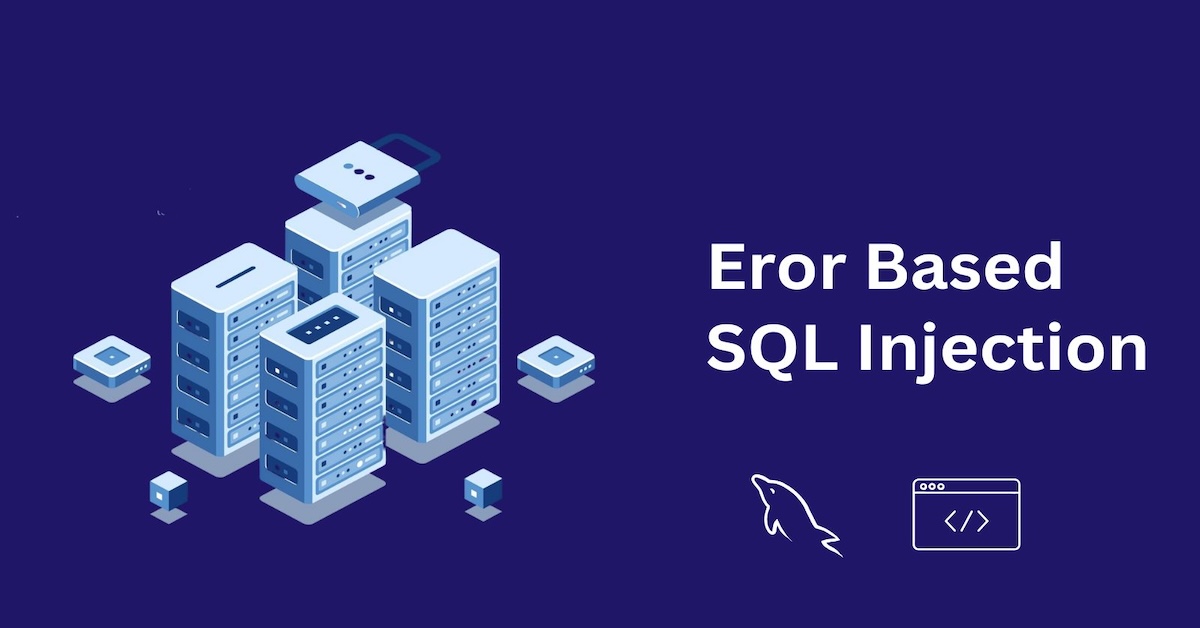Abstract Factory Pattern explained simply
When you want to create families of related objects without specifying their concrete classes,
the Abstract Factory Pattern is your best friend.
What is the Abstract Factory Pattern?
- Provides an interface for creating families of related or dependent objects.
- Does not specify their concrete classes.
- Helps ensure that products from the same family are used together.
In short:
A factory of factories!
Real-Life Analogy
Imagine a company that manufactures furniture:
- Modern Furniture Factory → produces Modern Chair, Modern Sofa.
- Victorian Furniture Factory → produces Victorian Chair, Victorian Sofa.
The client can request a family of furniture without worrying about how it’s made.
Structure
- Abstract Factory: Interface for creating related products.
- Concrete Factories: Implementations that create concrete products.
- Abstract Products: Interfaces for different types of products.
- Concrete Products: Specific implementations of products.
Example in Java
Abstract Product Interfaces
public interface Chair {
void sitOn();
}
public interface Sofa {
void lieOn();
}Concrete Products
public class ModernChair implements Chair {
@Override
public void sitOn() {
System.out.println("Sitting on a Modern Chair.");
}
}
public class VictorianChair implements Chair {
@Override
public void sitOn() {
System.out.println("Sitting on a Victorian Chair.");
}
}
public class ModernSofa implements Sofa {
@Override
public void lieOn() {
System.out.println("Lying on a Modern Sofa.");
}
}
public class VictorianSofa implements Sofa {
@Override
public void lieOn() {
System.out.println("Lying on a Victorian Sofa.");
}
}Abstract Factory
public interface FurnitureFactory {
Chair createChair();
Sofa createSofa();
}Concrete Factories
public class ModernFurnitureFactory implements FurnitureFactory {
@Override
public Chair createChair() {
return new ModernChair();
}
@Override
public Sofa createSofa() {
return new ModernSofa();
}
}
public class VictorianFurnitureFactory implements FurnitureFactory {
@Override
public Chair createChair() {
return new VictorianChair();
}
@Override
public Sofa createSofa() {
return new VictorianSofa();
}
}Using the Abstract Factory
public class MainProgram {
public static void main(String[] args) {
FurnitureFactory factory = new ModernFurnitureFactory();
Chair chair = factory.createChair();
Sofa sofa = factory.createSofa();
chair.sitOn();
sofa.lieOn();
// Switch to a different family
factory = new VictorianFurnitureFactory();
Chair victorianChair = factory.createChair();
Sofa victorianSofa = factory.createSofa();
victorianChair.sitOn();
victorianSofa.lieOn();
}
}Output:
Sitting on a Modern Chair.
Lying on a Modern Sofa.
Sitting on a Victorian Chair.
Lying on a Victorian Sofa.Why Use Abstract Factory Pattern?
- Consistency: Ensures products from the same family are compatible.
- Scalability: Add new families easily without changing client code.
- Decoupling: The client doesn't know or care about the specific classes.
Real-World Use Cases
- Cross-platform GUI toolkits (Windows, Mac, Linux UIs).
- Theme-based applications (Light Theme Factory, Dark Theme Factory).
- Game development (different worlds: Ice World Factory, Fire World Factory).
Abstract Factory vs Factory Method
| Factory Pattern | Abstract Factory Pattern |
|---|---|
| Creates one product | Creates families of products |
| Single factory class | Multiple related factories |
| Simpler and smaller | Bigger and more abstract |
Summary
The Abstract Factory Pattern is all about producing families of related objects without coupling your code to their concrete classes.
It offers flexibility, consistency, and makes your codebase ready for easy scaling and future changes.






